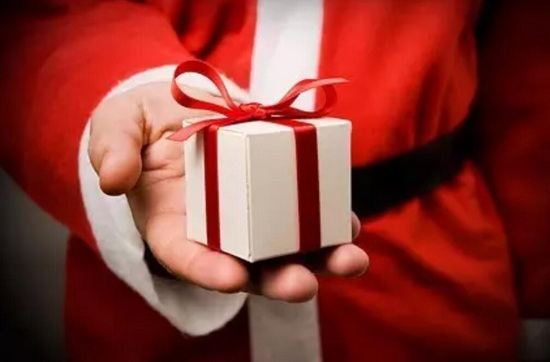
Hi Everyone:
We had a great seminar in Houston Dec 12th. Approximately fifty people showed up – I had a fantastic time! We reviewed the Six Pillars of Strategy and applied them to a Strategic Sales situation in a new simulation we developed a few years ago. The winning team moved the needle from a default of 23% market share to over 40%. It was great fun and I hope everyone walked away with a new tool they can apply to better manage their key accounts.
I went from Houston to Lausanne Switzerland and IMD business school where we’re partnered to deliver a series of SABRE sim strategy programs. What a great facility and a great program. Here is the last newsletter for 2016 about Santa and his strategic leadership skills. I hope you’re all enjoying some holidays and from all of us at IIBD and SABREsim.com.cn we wish you a great holiday season and all the best in the New Year. Now enjoy reading about how Santa keeps his team performing using mindfulness and mentalizing.
Happy Holidays – Cam
CTipping@iibd.com
(+1) 250 595 8440
(+1) 917 816 5846 M

Volume 16 Newsletter 12
Santa ……the mindset of a strategist
Ever wondered how some people can see their way through a problem that stumps so many others? How some people can step away and calmly assess a situation that has everyone else in a panic? This is called the strategic mindset and Santa Claus has it in spades.
Remember Rudolph – his nose was so bright that the other reindeer wouldn’t play with him. You’d think Santa, being a good judge of naughty and nice would have stepped in and fixed the problem. At the very least you’d expect all of the other reindeer to get a lump of coal for Christmas. But Santa chose not react and instead engaged his strategic brain, understanding that the other Reindeer’s behavior wouldn’t change if he intervened. Santa waited for an opportunity to demonstrate that Rudolph’s handicap was also a competitive advantage.
In an article called the Neuroscience of Strategic Leadership the authors claim that there are two areas of the brain that can be stimulated when a problem arises. One is the lower cortex – this is the part of the brain that is reactionary. It wants to make things right and fix it right away. The trouble is, it can often cause more issues down the road. If Santa had run into the reindeer pen and admonished the other reindeer for making fun of Rudolph the solution would have been immediate – problem solved. Unfortunately once he left the pen it could have potentially made things worse for Rudolph.
Instead the authors tell us there is a second part to our brains called the upper cortex which strategic leaders engage more often. First rather than reacting to a situation the strategic leader first evokes mindfulness, a developed habit of understanding one’s own mental activity. Think about observing yourself as someone else might and noting how angry a situation is making you. This is mindfulness. The second technique strategic leaders use is called mentalizing, which means they pay close attention to what others are thinking or are likely to do next. By mentalizing Santa could frame the context, look further down the road, and see the potential consequences.
Strategic leaders choose where to focus their attention rather than reacting. The more you practice focusing your attention on the longer term and thinking through the consequences of knee jerk reactions the more you become the wise advocate rather than the tactical reactionary. Unfortunately, the brain’s lower cortex is stimulated by fear, anxiety and wants to take immediate action. It’s our “go to” mechanism which often gets us into trouble. It’s a powerful urge yet Santa controlled it. Santa waited for his moment. It was a foggy Christmas eve. The sleigh might not be able to fly. Everyone was engaging their lower cortex anxious that the toys wouldn’t be delivered. Santa didn’t pick the bravest or the strongest to lead his sleigh but the Reindeer with the bright nose.
What can Santa teach us that we can apply to 2017?
1. Stop engaging your lower cortex for a quick fix and stop trying to please everyone
2. Engage your upper cortex, start by observing yourself and your feelings (mindfulness)
3. Predict what others are feeling and their likely next move. (mentalizing)
4. Choose where to focus your attention and think of yourself and others as characters in a novel anticipating what they will do next.
Christmas is a great time to play Santa Claus. Start exercising your upper cortex; practice mindfulness and mentalizing. Give yourself and your team a lasting gift by choosing to develop the habits of a strategic mind. Have a great Christmas everyone and all the best for 2017!

 沪公网安备 31011502013770号
沪公网安备 31011502013770号